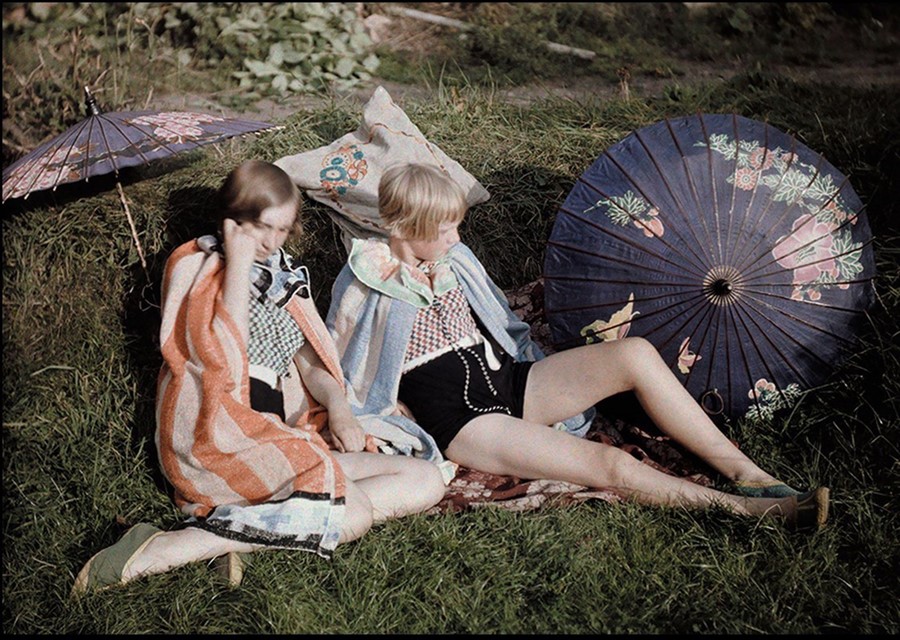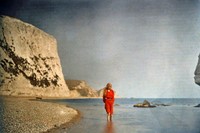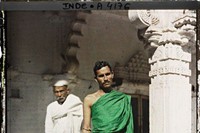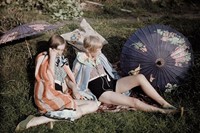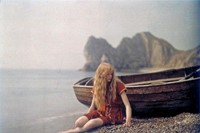This week AnOther’s Lovers gets nostalgic for idyllic childhood summers
This autochrome photo of two girls in kimonos, lounging in the grass with their parasols on a hot summer afternoon in 1920s England swept the board to win this week’s AnOther‘s Lovers vote. Chosen by social media editor Daisy Woodward, it’s a striking example of early colour photography with all the hallmarks of dreamy childhood summers – days where time stretched out indefinitely and there was nothing better to do than hatch plans with best friends and daydream about getting older.
The bobs, swimsuits, and ruffled neck collars make it clear this is the early 20th century, but you can also tell from the girls complete unselfconsciousness and lack of interest in the photographer that this was taken almost a century before the age of the selfie. Who knows exactly what these girls would go on to live through in the rest of the 20th century, if they are still alive today, they would be in their 90’s.
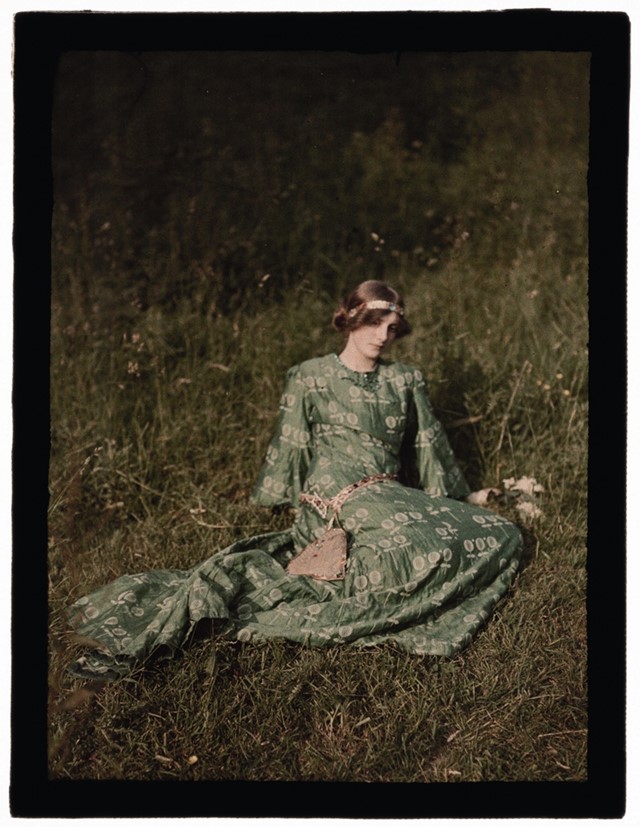
AnOther’s story on the bohemian Edwardian beauties in the monograph, Edwardian Opulence, gives another glimpse of life in autochrome – the primary mode of colour photography between 1907 and the mid 1930s. In these photos, young women lounge by the sea and in gardens with a marked lack of stiffness and artificiality compared with recent black and white Victorian photography. Mervyn O’Gorman, one of the photographers whose work is catalogued in the book, has a beautiful series of photos of his daughter Christina that were taken in 1913, and evoke the same study of girlhood as our AnOther’s Lovers photo this week.
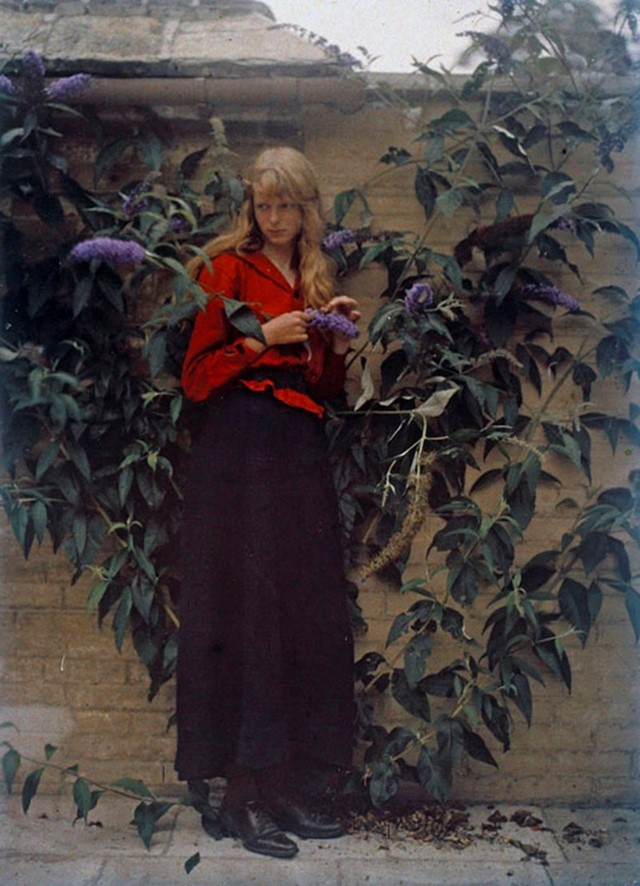
French brothers Auguste and Louis Lumiere used four million potatoes to revolutionised the medium, when they invented autochrome colour photography in 1903. Compressed with a roller and dyed green, red and purple, the potatoes dissolved into tiny grains of starch that were spread over a glass plate and acted as filters when the plate was exposed to light, creating the intense, washed-out shades that we still try to evoke today in Instagram filters.
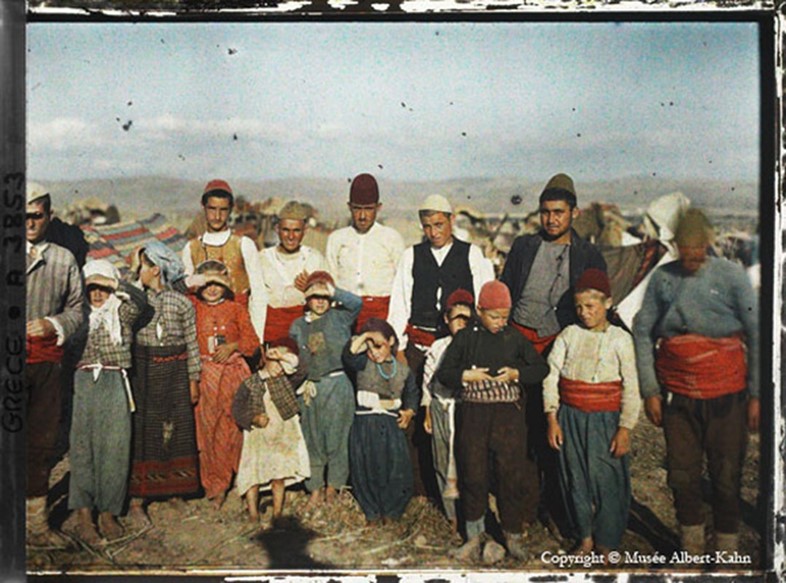
Autochrome photography is often associated with one man – Albert Kahn, a French photographer and millionaire banker who was so enamoured by the new invention that he set out to photograph the whole world for two decades, until the Great Depression put an end to his plans. Kahn’s “Archives of the Planet” included 72,000 images and 100 hours of film taken in over 50 countries, and covers everything from the end of the Ottoman and Austro-Hungarian empires and the last Celtic villages to vibrant cultural customs and religious rituals that no longer exist today. Kahn’s archive has become the most important photography collection of all time.
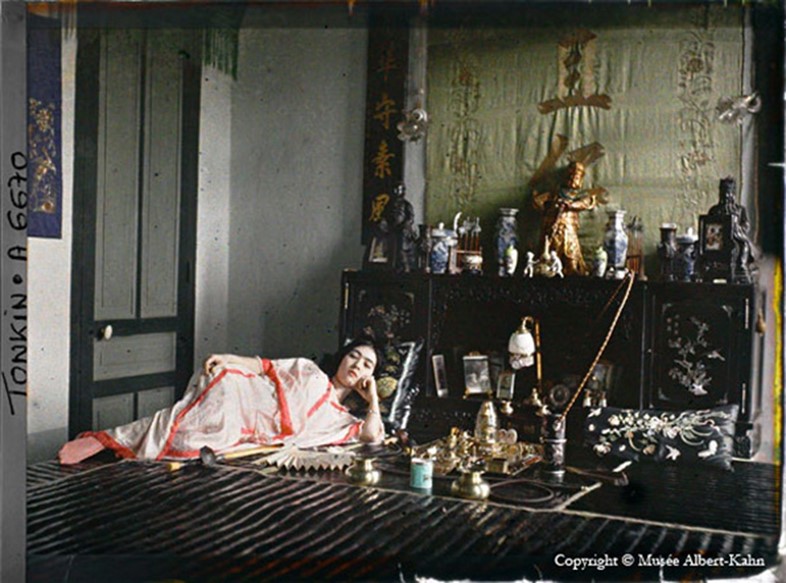
Before the Lumiere brothers and their potatoes, black and white photographs used to be painted by hand with watercolours and oil paints, a technique that became popular in the 1850’s and was often used for nudes, landscapes and portraits. The results were vivid images that still feel disorienting to look at today – are they paintings or are they photographs?
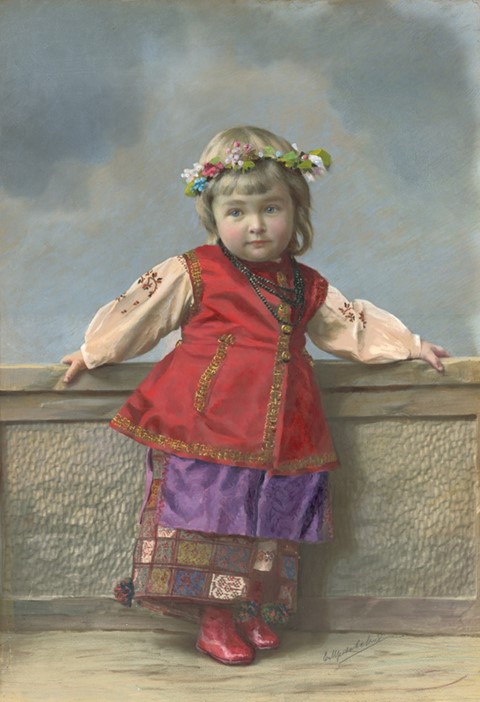
To find out more about the eternal appeal of autochrome, we spoke to Woodward about her childhood summers, parasols, and why Instagram has nothing on early colour photography.
Why did you love this photo?
It's just appealed to the Romantic in me – it reminds me of me and my best friend Harriet when we were young, dressing up for no one's benefit but our own and lounging around lazily on hot summer's days. I also love the colours and their Japonesque look.
If this photo was yours, what would you do with it?
I think I would put it in a nice old wooden frame and hang it in my room.
What do you like about early colour photography?
I just love the way the colours look – it's something that photographers (and Instagrammers) often try to imitate today but it never looks quite the same because it's so perfectly complemented by the old fashion dress/aesthetic.
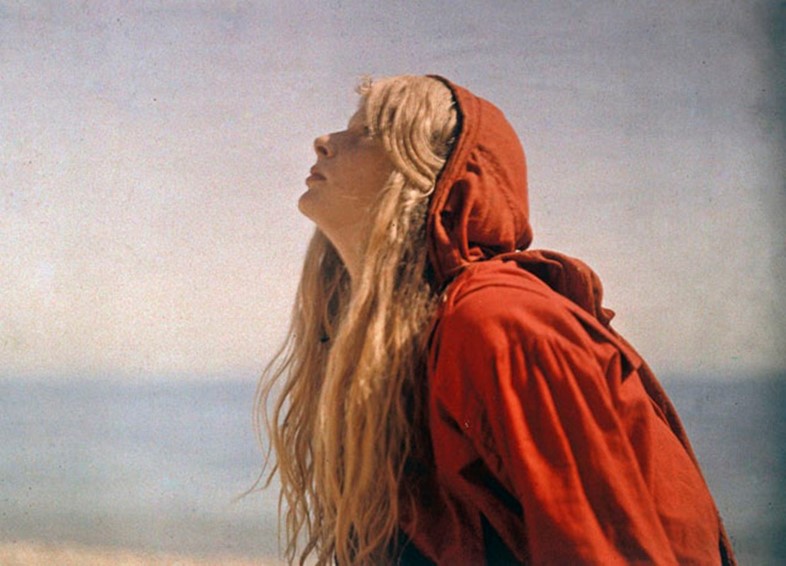
Best place to spend a lazy afternoon in the English countryside?
I would say Dorset – the English countryside doesn't get much better.
Are you more likely to be shaded under a parasol or soaking in the sun in a bikini?
Definitely under a parasol; I've always wanted to be a sun soaker but I'm far too pale.
Who was your best friend growing up?
My best friend was, and still is, the aforementioned Harriet Slaughter (who has recently married and traded in her murderous maiden name for the gentler Benton).
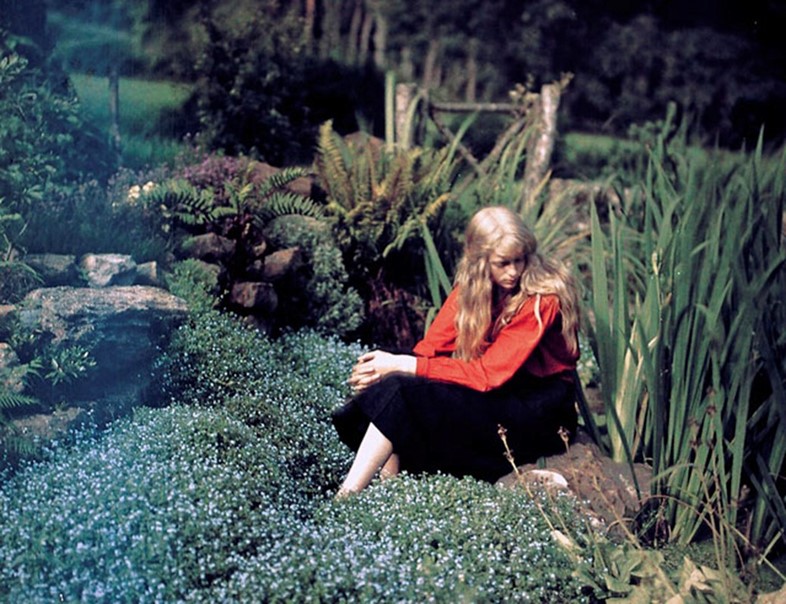
Your best summer memory?
Ah that's a hard one. Probably summers in our family cottage in Wales: listening to The Doors and Bob Marley courtesy of my big (cooler) brother Roly – I was more into Hanson – and spending all day building dams and having lunches in our tree house. My dad would heave a table and chairs up there and hoist all the food and cutlery up in a basket.
Where are you going on holiday this summer?
Hopefully to France at the end of the summer but we still haven't booked it so plans may change!
What was the last thing you bought?
A Little Life by Hanya Yanagihara – it's meant to be amazing and quite Secret History-esque.
